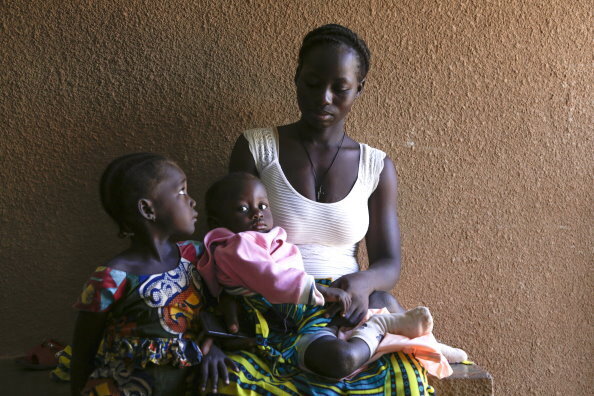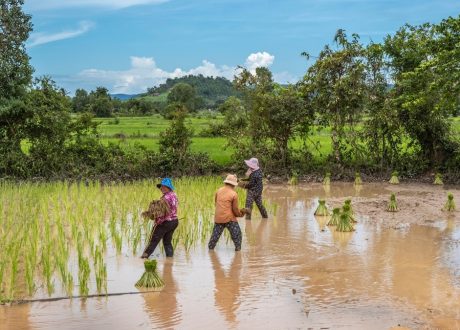
New ISO ESG Implementation Principles provide int’l guidance to streamline ESG practices
New ESG Implementation Principles launched the International Organization for Standardization (ISO) at the 29th United Nations ...

“WFP is fighting big and complex humanitarian battles on several fronts at the start of 2020,” said David Beasley, Executive Director of WFP. “In some countries, we are seeing conflict and instability combine with climate extremes to force people from their homes, farms and places of work. In others, climate shocks are occurring alongside economic collapse and leaving millions on the brink of destitution and hunger.”
The WFP 2020 Global Hotspots Report highlights grave challenges in sub-Saharan Africa over the next six months with Zimbabwe, South Sudan, the Democratic Republic of Congo and the Central Sahel region standing out when it comes to the needs of hungry children, women and men.
The WFP report notes that amidst an imploding economy, the situation in Zimbabwe is increasingly precarious as the country enters the peak of its “lean season” when food is at its most scarce and the number of hungry people has reached its highest point in a decade. WFP is planning assistance for more than 4 million people in Zimbabwe as concerns grow that the impact of a regional drought could drag yet more countries down in the first months of the year.
“Last year, WFP was called upon to bring urgent large-scale relief to Yemen, Mozambique after Cyclone Idai, Burkina Faso and many other crises to avert famine,” said Margot Van Der Velden, WFP Director of Emergencies, “But the world is an unforgiving place and as we turn the page into 2020 WFP is confronting new, monumental humanitarian challenges that we need to address with real urgency.”
A rapidly evolving crisis in Haiti is of deep concern at the turn of the year as escalating unrest paralyzes the economy, driving food prices out of reach of many people (+40% between October 2018 and October 2019). According to a recent IPC survey on food insecurity, this has left 3.7 million people – or one-third of the population – in need of assistance
In Asia, Afghanistan faces insecurity combined with drought, leaving more than 11 million people – over a third of the country’s population – severely food insecure.
In the Middle East, WFP can look back on its success in Yemen where it scaled up by 50% from providing food assistance to 8 million people a month at the beginning of 2018 to 12 million by the end of the year. As it looks forward into 2020, WFP remains alert to growing food needs in Iraq and Lebanon, where civil unrest and macro-economic crisis are leading to an increase in food insecurity.
“Every year at WFP we plan ahead for the next 12 months and ask for support from the generous governments, private sector institutions and members of the public who help us reach our humanitarian and development goals,” said Beasley.“ As an agency that depends entirely on voluntary donations, we have a responsibility to show WFP can continue to be the most efficient and effective global organization delivering the kind of food assistance that saves lives and changes lives across the world.”

WFP, Alibaba launch global hunger monitoring system using AI in 90 states
FAO, IFAD, WFP urge support of 45 million Africans due to face food insecurity in 6 months
New ESG Implementation Principles launched the International Organization for Standardization (ISO) at the 29th United Nations ...
PUMA has already made strong progress in reducing its greenhouse gas emission over the past ...
The United Nations Trade and Development (UNCTAD) urged during the 29th United Nations Climate Change ...


اترك تعليقا